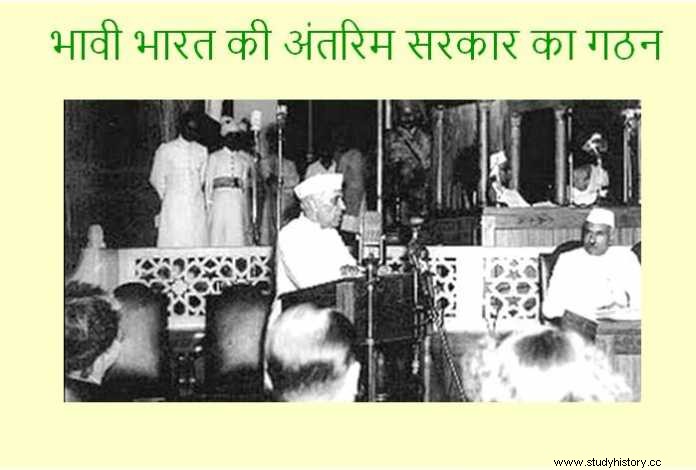
The Indian Independence Bill was introduced in the British Parliament on 4 July 1947. It was passed without amendment by the House of Commons on 15 July and by the House of Lords on 16 July. It was signed by the British Emperor on 18 July 1947. There were a total of 20 sections of the Indian Independence Act, which are summarized as follows-
(1) India and Pakistan will come into existence as two independent sovereign dominions (Dominions) with effect from August 15, 1947, by the transfer of power by the British Government.
(2) Pakistan shall consist of Sindh, Balochistan, North-West Frontier Province, Sylhet District of Assam, West Punjab and East Bengal. The rest of the provinces will remain in the Indian Dominion. On the date of transfer of power, the sovereignty from the native states will be annihilated and all the treaties and arrangements between the native states and the British crown will end. The princely states will decide for themselves whether they should join India or Pakistan, or remain separate from both or form any or some separate group or groups.
(3) Both Pakistan and India will have the freedom to apply their own constitution. Membership of the British Commonwealth would be voluntary for both countries. After 15 August the jurisdiction of the British Parliament in both the Dominions will cease.
(4) Both the dominions can have their own separate or joint Governor General.
(5) From August 15, the post of India Secretary of the British Government will be retired. The allocation of the army will be in both the dominions, the army of His Majesty will be dissolved.
'Total sovereign sovereignty' to India and Pakistan in the Indian Independence Act (Complete Sovereign Dominion State) but the actual meaning of Dominion - 'autonomous country under the British Commonwealth' (Self Governing Member Nation of the Commonwealth). 'Dominion' to a fully-dominated nation ' (Dominion) is not called. The British Crown wanted independent India to be given Dominion status, but Indian leaders wanted India to be given independence as a sovereign state. Hence in this Act both the words were used together.
Lord Mountbatten was sent to India with the intention that by 20th June 1948, he would liberate India and bring British officers and their families out of India and bring them to England, but due to the speed with which Mountbatten worked, this date was shifted closer and closer. had come and now less than a month was left for the independence and partition of India.
Due to this, the process of chaos, killing and migration intensified in the country. Although people did not know exactly where the borders of India would end and where would Pakistan begin!
N. V. Gadgil in his book 'Government from Inside' It is written in- 'Indian National Congress' was the main political force in the country and its leaders were tired people. He did not believe in the gains from the continuous struggle of the last forty years. He did not even believe in the future. They were afraid that if there was too much stretching, everything would break and perish. The result was that even the old brave fighters were ready to compromise and did not wish to endanger the recipient. '
